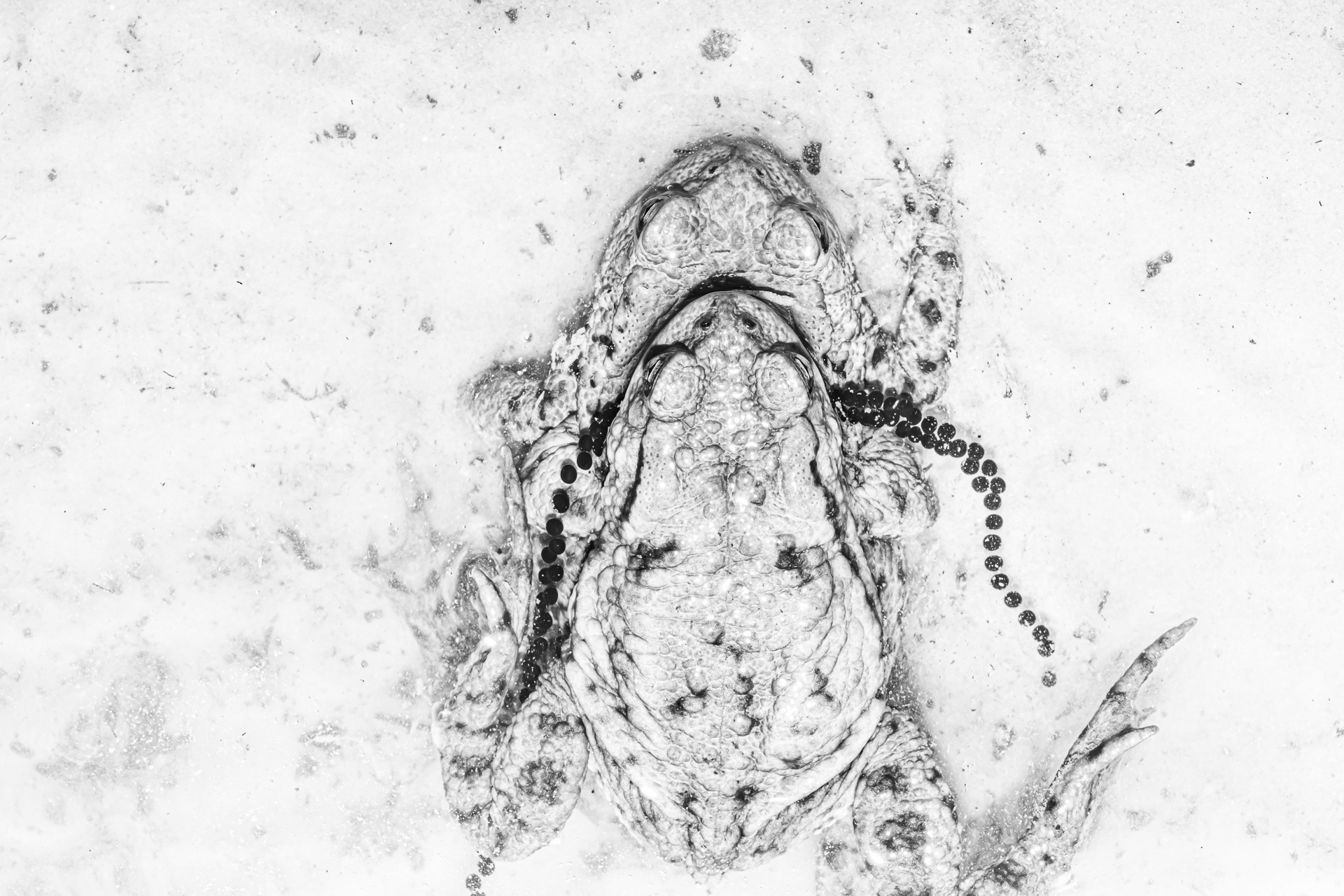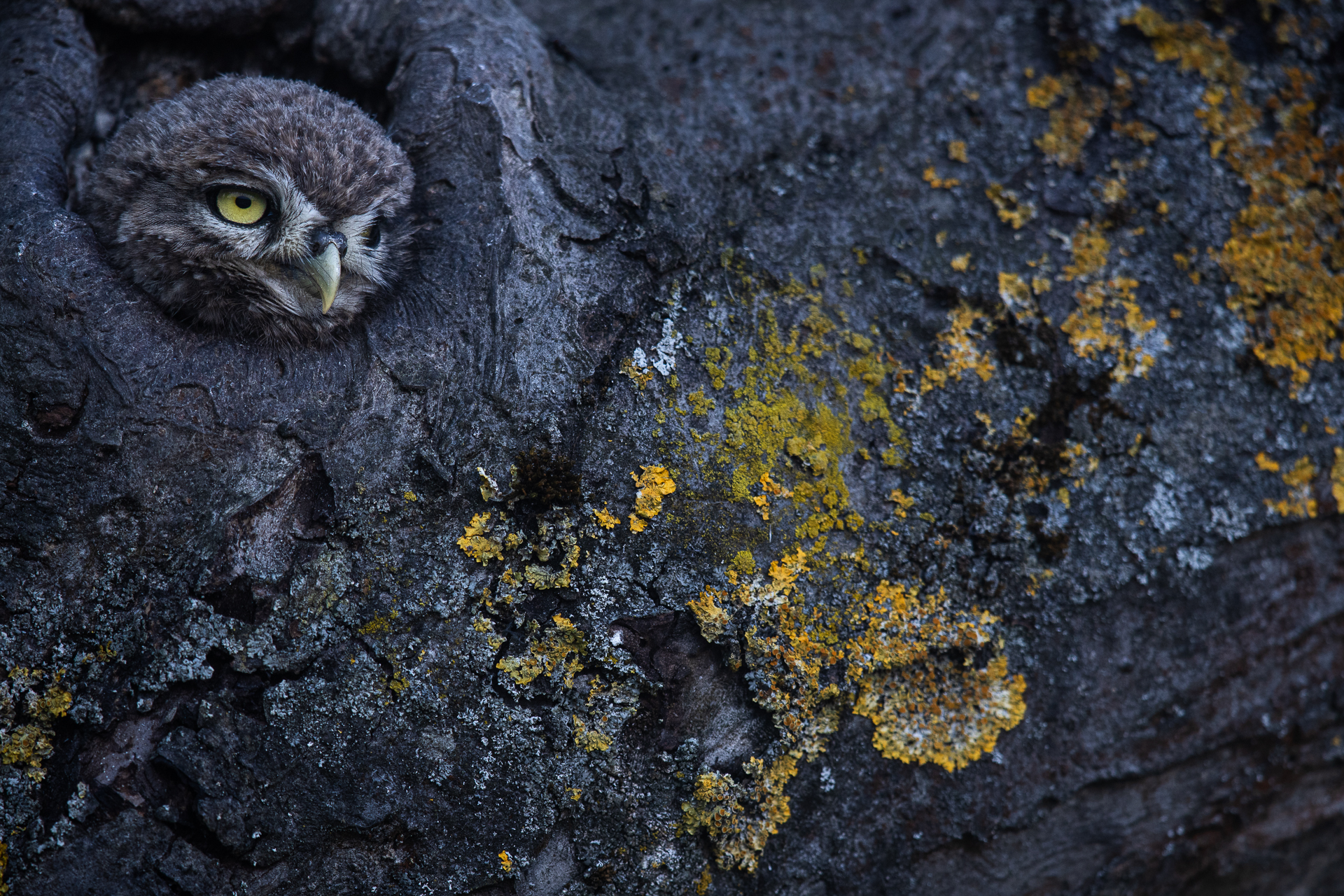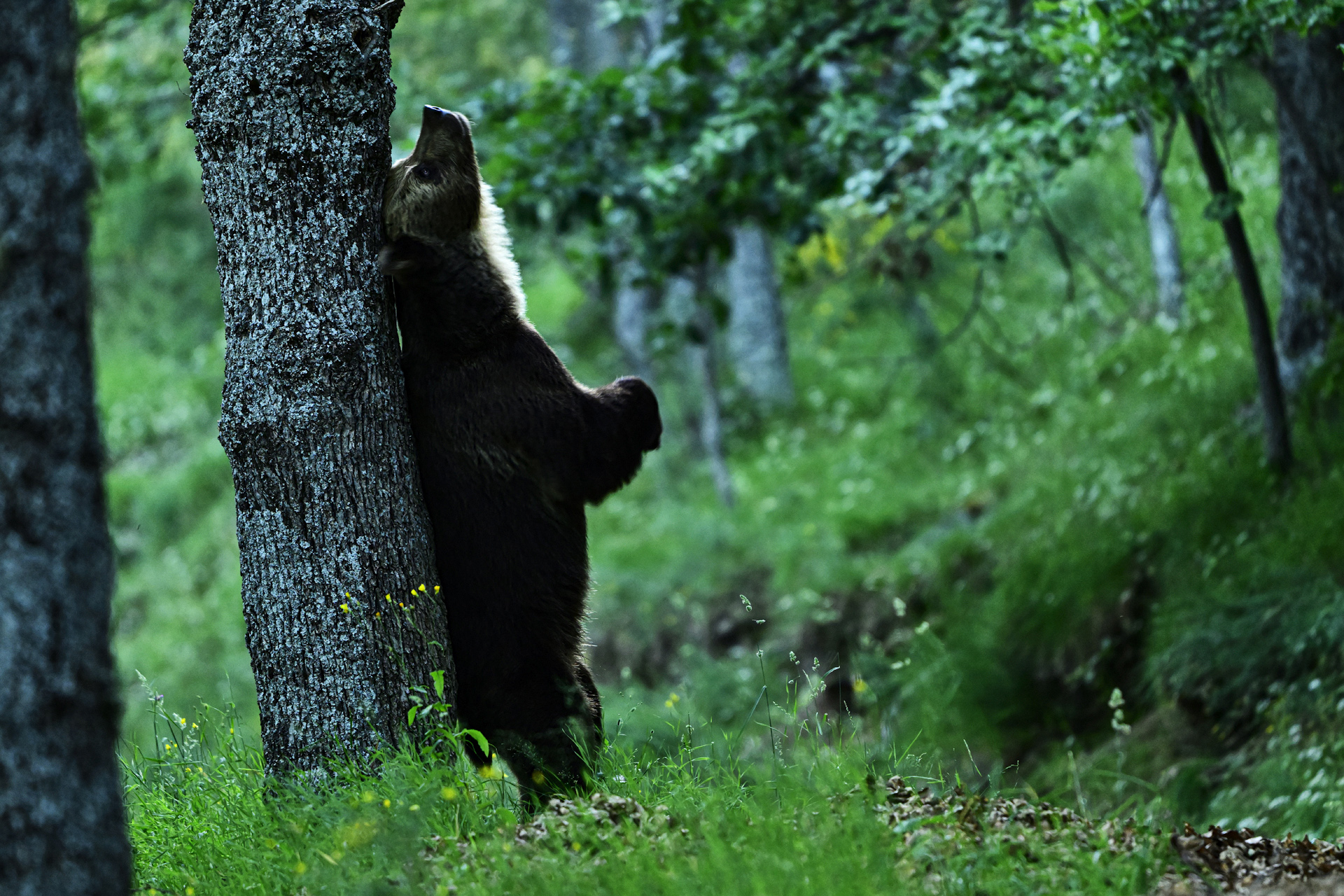GALERÍA DE NOMINADOS 2025
Portfolio de naturaleza
Si ya eres usuario registrado o lo haces ahora y abres la sesión, puedes marcar tus preferencias y participar en múltiples regalos entre quienes más premiados acierten.
Nominado
.jpg)
Melting
Autor: carlo alberto contiIn this project, I highlight the effects of global warming through stunning drone photographs of Icelandic glaciers and rivers. My travels reveal dramatic changes in this fragile ecosystem, deepening my appreciation for its beauty. These images capture the contrast between melting glaciers and shifting landscapes, urging reflection on our impact and responsibility to protect the environment.
Nominado

The love life of toads and frogs
Autor: Rob BlankenThis series is about the love life of toads and frogs. It is a series with a wink because the 'love life' is partly viewed from the perspective of humans.
Nominado

The Little owl - Making the invisible visible
Autor: Simone BaumeisterOver the past years observing and photographing them has become my passion. I have been photographing Little owls in several places. My pictures make the invisible visible: showing them in their surroundings and capturing their silhouette-like existence and inconspicuous presence during the day for all to see.
Nominado

For Love of Skunk Cabbage
Autor: Ellen WoodsThis photo essay invites viewers to discover the unusual biology of eastern skunk cabbage, revealing its role in wetland ecosystems and challenging common perceptions that plants are merely static or ordinary components of the landscape.
Normas de uso del web | Avíso legal | Política de privacidad | Política de cookies | Cambiar preferencias de cookies
Administración | Diseño web: ATMultimedia.com

.jpg)
.jpg)
.jpg)
.jpg)
.jpg)
.jpg)
.jpg)
.jpg)
.jpg)
.jpg)
.jpg)
.jpg)
.jpg)
.jpg)
.jpg)
.jpg)
.jpg)
.jpg)
.jpg)
.jpg)
.jpg)
.jpg)
.jpg)
.jpg)
.jpg)
.jpg)
.jpg)
.jpg)
.jpg)
.jpg)
.jpg)
.jpg)
.jpg)
.jpg)
.jpg)
.jpg)
.jpg)
.jpg)
.jpg)
.jpg)
.jpg)
.jpg)
.jpg)
.jpg)
.jpg)
.jpg)
.jpg)
.jpg)
.jpg)
.jpg)
.jpg)
.jpg)
.jpg)



